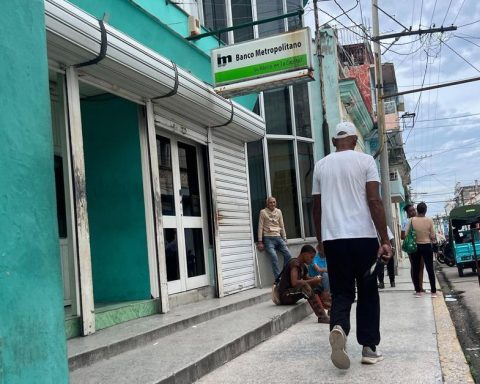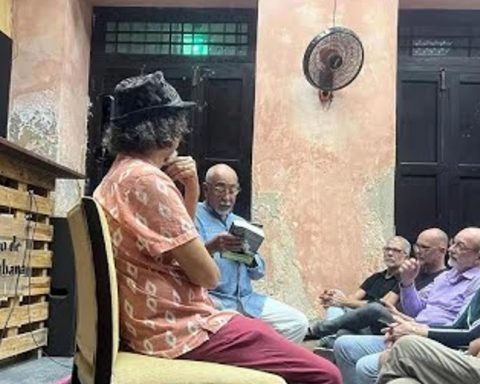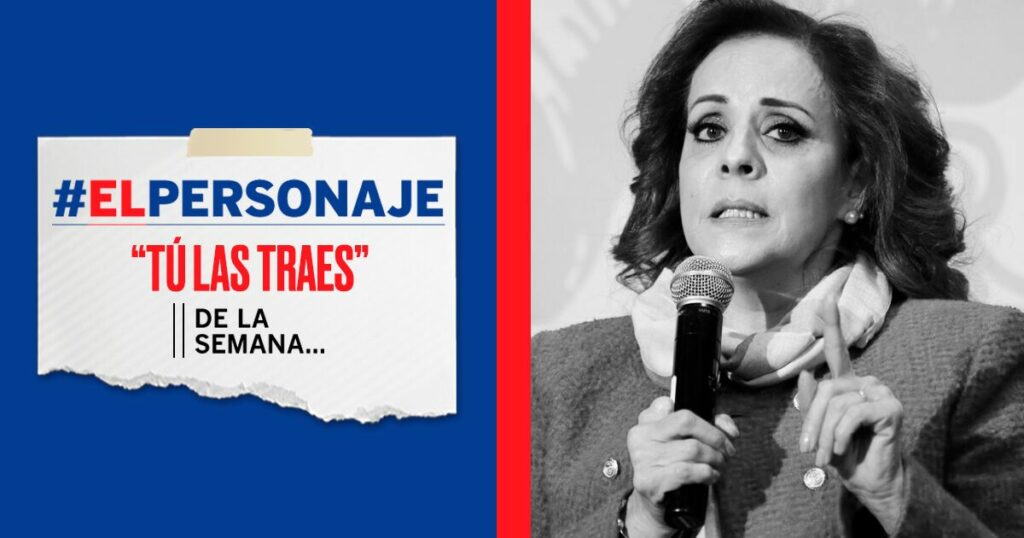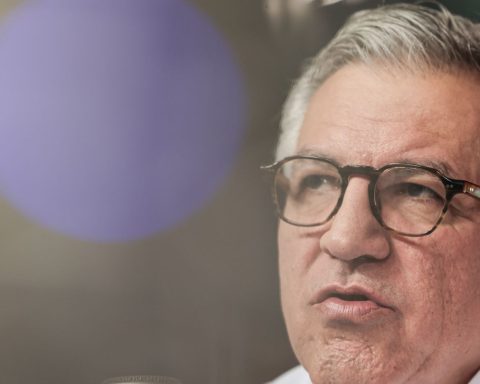The number of people receiving social assistance in Cuba grew by 111% in 2021, according to data from the National Statistics Office (Onei) released by the economist Pedro Monreal, which contemplates the possibility that inflation is decisive in the jump produced on last year.
According to official figures, 3.6% of the population is receiving some of the aid, a total of 404,815, a number that contrasts sharply with respect to previous years, when they did not reach 200,000 people.
Although spending at current State prices grew slightly since last year and reaches 383 million pesos, if 2017 prices are taken into account as a base, the figure falls to 180 million, another symptom of inflation, which leads to the population to a brutal loss of purchasing power.
By groups, the Onei statistics indicate that more than 100,000 are older adults, almost 50,000 are people with disabilities, nearly 4,000 are mothers of children with severe disabilities and less than 20,000 receive home help. The rest, up to more than 400,000, are not specified, although it is presumable that they are people affected by the forced work stoppage of the pandemic.
The number of recipients of aid is below those who could really meet the requirements to request it, but they give a clue of the worsening of the economic situation in Cuba
The data is far from revealing the situation of chronic poverty on the Island, since the Government does not publish any indicators. The number of recipients of aid is below those who could really meet the requirements to request it, but they give a clue to the worsening of the economic situation in Cuba.
In an appearance this July, Rita Machín Reyes, deputy director of Social Prevention of the Ministry of Labor and Social Security, lowered the number of aid recipients this year, which she placed at 369,187, which would mean a drop of 9%, well motivated by the recovery of part of the labor force, or by the decline of a population that is smaller every day due to emigration.
Machín Reyes stated that the total investment planned for this year is 5,000 million pesos, although this amount includes economic aid and the budget for housing and other non-monetary goods and services.
Despite the rise in aid beneficiaries in 2021, the situation is still far from the 600,000 reached in 2006. Between 2003 and 2009, more than 400,000 people received it, but since 2010 the figure had stabilized due to below 200,000, a possible consequence of approval of self-employment.
________________________
Collaborate with our work:
The team of 14ymedio is committed to doing serious journalism that reflects the reality of deep Cuba. Thank you for joining us on this long road. We invite you to continue supporting us, but this time becoming a member of our newspaper. Together we can continue transforming journalism in Cuba.


















